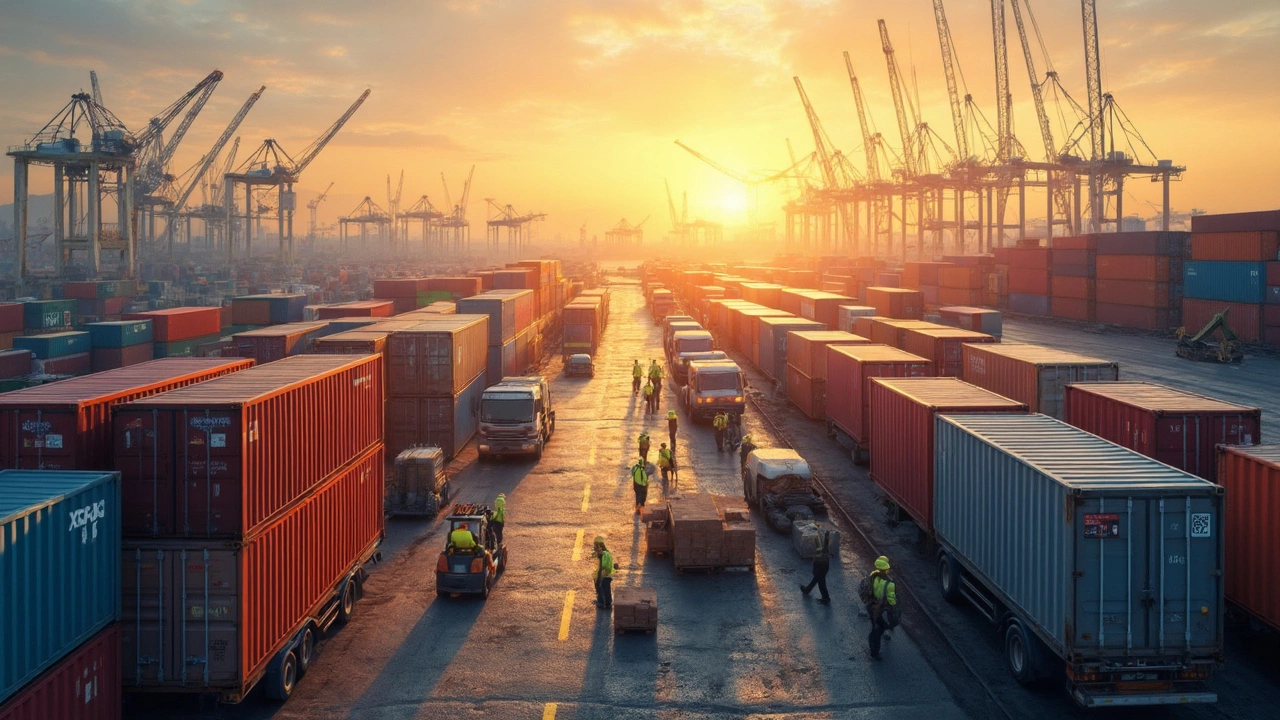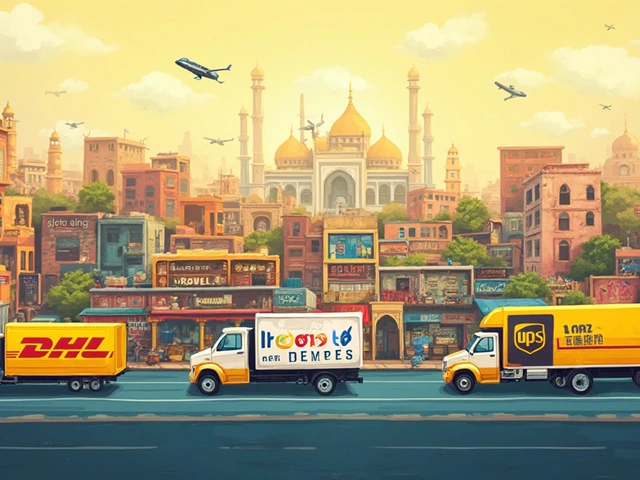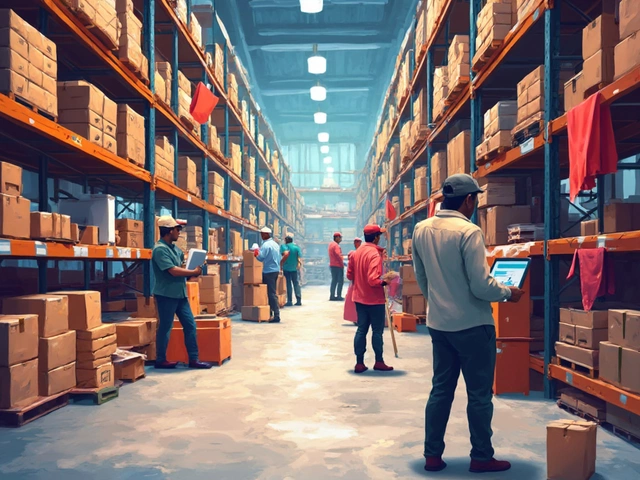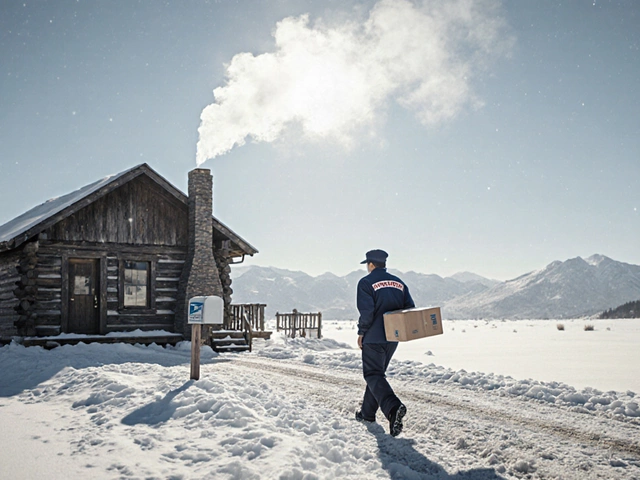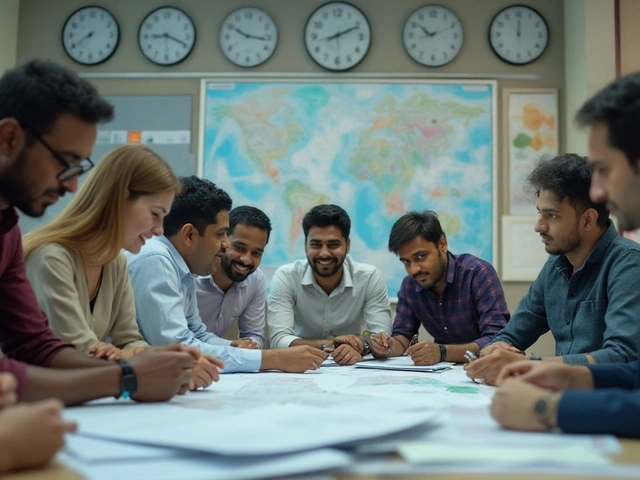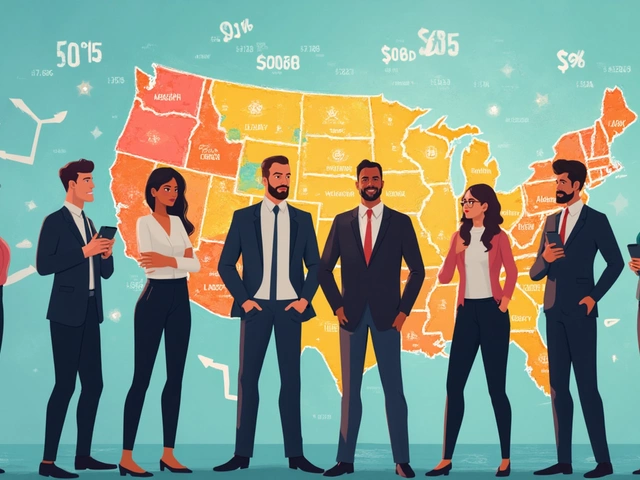If you think getting a package from one side of the planet to the other is just about tossing it on a plane, you’re in for a shock. Logistics giants make this look effortless, but the scale and speed of these operations are mind-blowing. The biggest logistics company in the world moves billions of parcels and tons of freight every year—so fast and so smoothly, you barely notice their role. But who actually takes the crown for being the largest? Let’s strip it back, look at the numbers, and see exactly what makes a logistics company a titan.
The Heavyweights: Who Tops the Global Logistics Leaderboard?
Every year, analysts and industry experts argue over who holds the top spot. The big names you hear—DHL, FedEx, UPS, Maersk—are not just massive brands, they’re household names precisely because they dominate the movement of goods around the world. Here’s the headline: Deutsche Post DHL Group is officially the world’s biggest logistics company by revenue. In 2024, Deutsche Post DHL Group raked in over €81 billion (that’s about £70 billion if you’re counting in the UK), which puts it leagues ahead of its rivals. This isn’t just about parcel post either. DHL runs operations in over 220 countries and has more than half a million employees making sure stuff gets from A to B, no matter how tough the route.
DHL’s business is split into countless operations, from express delivery to warehousing to supply chain management. Want something picked up in Shanghai and delivered in Bristol in two days? DHL can do that. They’re handling over 1.8 billion parcels every year. But DHL faces some fierce competition. UPS, based in Atlanta, is right behind with revenues tipping $90 billion in 2024 (£70bn+), moving around 24 million packages daily. FedEx, known for its overnight shipping, posts annual revenues of $88 billion and operates in 220 countries, boasting a mind-bending air fleet of more than 680 planes. Then there’s Maersk, the Danish firm that isn’t so much a courier service as a shipping colossus. You’ve probably seen their containers stacked at ports—they move about one in five shipping containers worldwide.
What’s wild is the logistics sector isn’t just about size; it’s about adaptability. These companies survived the chaos of Brexit, pushed through the COVID-19 pandemic, and barely blinked when the Suez Canal got blocked. This adaptability is what makes companies like DHL top dogs—constant investment in technology, robotic warehouses, and AI-powered route planning. The real kingpin—the biggest logistics company—is the one that doesn’t stop delivering, no matter the storm outside.
What Sets the Big Players Apart?
It’s easy to say DHL or FedEx is “the biggest,” but what actually goes into being the top logistics company? First, there’s scale. We’re talking about hundreds of planes, thousands of trucks, a global army of employees, and networks that reach almost anywhere you can stick a postal code on. DHL, for instance, has more than 120 hubs and over 400,000 employees on the logistics side alone. FedEx’s air freight network is so extensive, they cover nearly every major city on the globe, shipping more air freight than anyone else.
Then there’s tech. The big guns are obsessed with efficiency. DHL is famous for using artificial intelligence to predict delivery times and optimize truck routes. They even use sorting robots that whizz parcels around their depots faster than humans ever could. UPS has their ORION route optimization system—a software that shaves off millions of unnecessary miles from their delivery routes each year. That’s not just clever, it’s real money saved, and fewer carbon emissions too.
Let’s not forget sustainability. Logistics isn’t always known for its green credentials. But the major players can’t ignore this any longer. DHL aims to reach net-zero emissions by 2050, investing heavily in electric delivery vans, biofuels, and even bike couriers in cities. FedEx plans to turn their parcel pickup and delivery fleet fully electric by 2040. Maersk is testing methanol-powered ships to make global shipping a lot cleaner. The scale of these pledges is enormous—their decisions can shift the entire industry, and even influence how suppliers and smaller rivals operate.
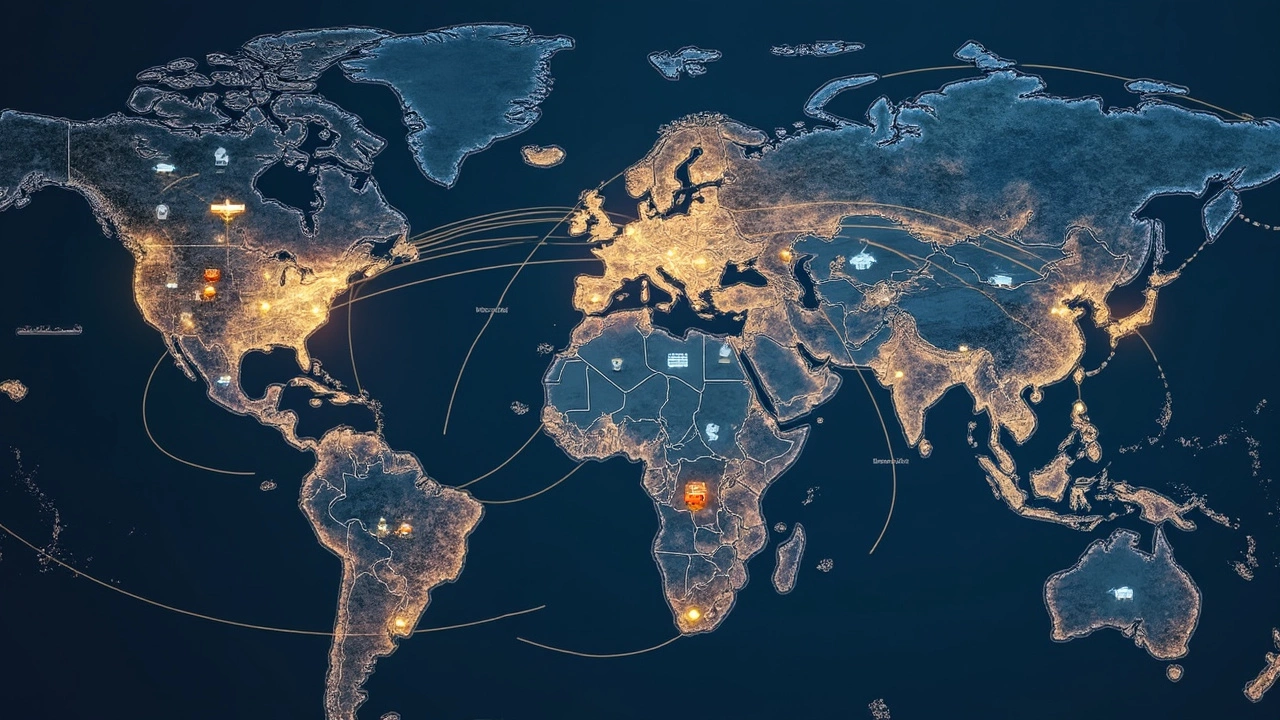
Interesting Stuff You Might Not Know About Logistics Giants
You probably won’t overhear logistics facts in the pub, but there are a few gems worth sharing. For starters, DHL began as a company shipping documents by plane from San Francisco to Honolulu in 1969—not rolling out huge fleets of yellow vans across every continent. UPS? It started with just a $100 loan in Seattle, delivering parcels on bikes. These companies are older than most of us expect. Maersk, for instance, has been around since 1904.
The speed at which they operate is another head-spinner. FedEx has a hub in Memphis where over 1.5 million packages are sorted and routed every night—picture miles of conveyor belts, parcels flying past, all timed to the second. UPS drivers famously never take left turns in the US, a method developed to minimize idling and boost efficiency (saving millions of litres of fuel each year). DHL delivers film reels to remote islands by boat and motorcycle, just to make island cinemas’ opening night on time. Some Emirates-bound packages even arrive courtesy of drones—yep, drone delivery isn’t sci-fi, it’s already happening in places like the Middle East and rural Africa.
Then there’s the human side. Take a sidestep from shiny planes and automated hubs, and you’ll find thousands of drivers, sorters, and support staff hustling to make sure that package reaches your doorstep. Warehouses are mini-cities, with robotics swirling about, forklifts buzzing endlessly, and coordinators managing impossible levels of detail. The people side of logistics can’t be underestimated—without them, the tech grinds to a halt.
What It Takes to Compete With the Best (Tips & Takeaways for Businesses)
If you’re running a smaller company or thinking of dipping a toe into logistics, there are some wild lessons from the giants. First, never underestimate the power of data. Every delivery, every returned parcel, every delay gets tracked and analyzed by the big guys. They squeeze insights from all this data to tweak delivery routes, spot trouble before it happens, and fine-tune their warehousing. Even if you aren’t running a billion-pound operation, keeping tabs on your own stock, orders, and shipments can make you seriously competitive.
Second, speed is king. People expect next-day (or even same-day) delivery like it’s written in law. The major players are constantly finding ways to move faster—like partnering with airlines, building out dedicated networks, or running massive distribution centres 24/7. For a business, that might mean teaming up with a reliable local courier, using software to automate your shipping labels, or building a quick-response team during busy times like Black Friday or Christmas.
Third, customer service can’t be shoddy. DHL, UPS, FedEx—they’re famous for making things right when a parcel goes missing. They have dedicated customer support teams, easy tracking systems, and options for rescheduling deliveries or even changing delivery points on the fly. People trust brands that fix mistakes fast. For smaller operations, clear tracking, quick responses to enquiries, and honest updates build loyalty that lasts.
Finally, try not to ignore sustainability. Companies like DHL and Maersk are setting the example—solar-powered warehouses, electric delivery vehicles, and even bike couriers in city centres. Small businesses can copy this on a micro scale. Use local eco-friendly couriers, pack orders in recycled boxes, or group deliveries to cut down on emissions. Today’s customer cares about how their package got to them, not just how quickly it did.
Ever wonder why the logistics giants never seem to break a sweat, even when weather shuts down airports, or when cities lock down during a pandemic? It’s planning, the right tech, and relentless attention to detail. But mostly, it’s experience. These companies have been navigating wars, disasters, trade disruptions, and tech revolutions for decades. The next time a parcel lands exactly where you want it, right when you expect it, there’s probably a team of experts (and more than a few robots) to thank.
